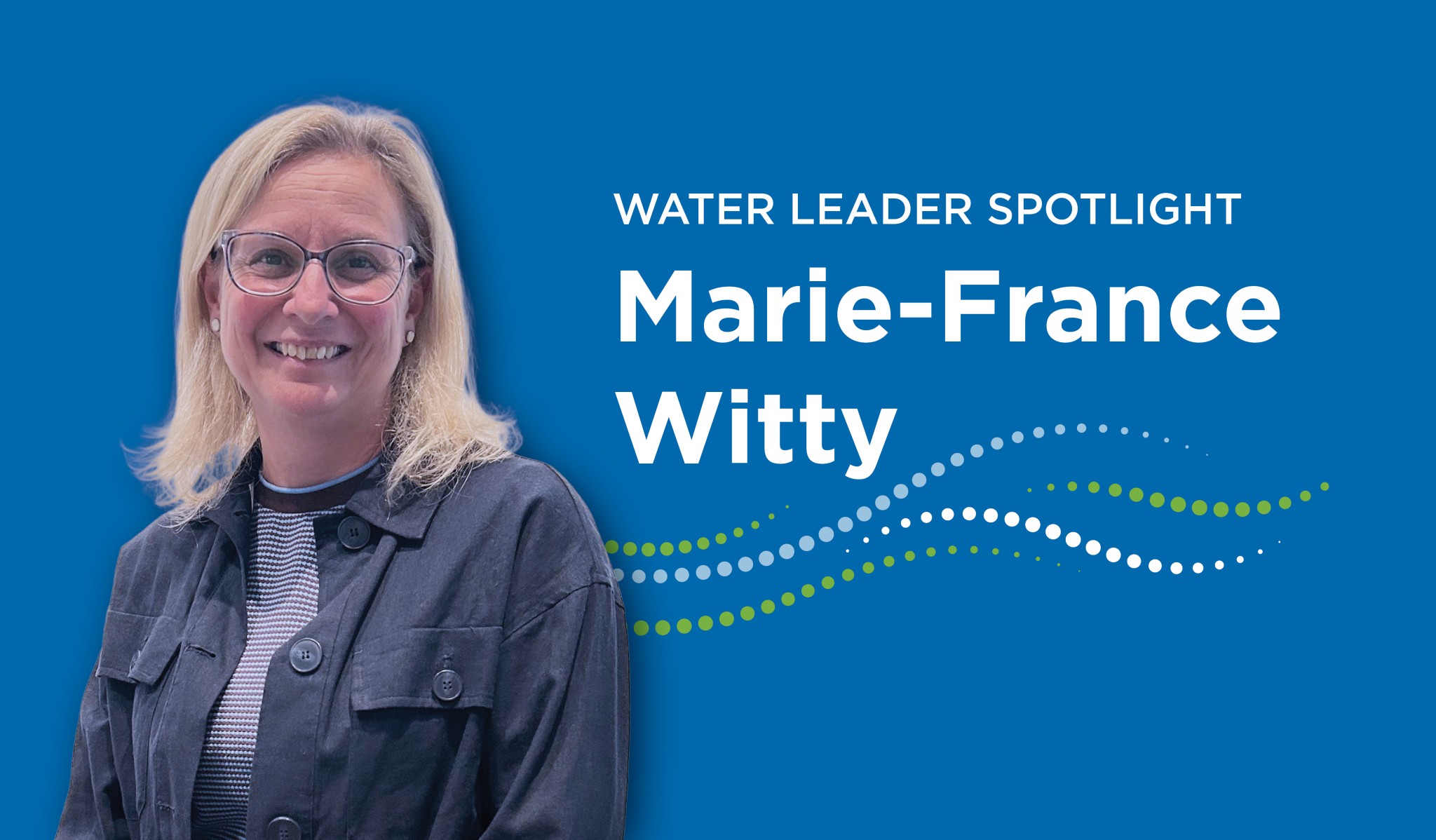Shedding light on solving water – The digital transformation
September 5, 2023
CWN’s quarterly newsletter with the latest news, insights and thought leadership.

By Michele Samuels, strategic accounts manager at Xylem
As utilities implement digital solutions, we often hear how technology helped ‘turn on the lights,’ allowing utility managers to see their operations more clearly, without the shadows of outdated systems, unconnected data and information silos.
Technology provides an essential bridge between data and decision-making, delivering transformative outcomes for communities of all sizes across the country. This is vital as the reliable, affordable water supplies we all depend on are at the intersections of climate change, increasing regulatory pressures, and an ever-aging infrastructure.
From our company’s experience working inside water utilities and collaborating closely with leaders and operators, we understand the complexities involved in keeping the taps running. We have also seen the powerful impact that digital solutions can have on utility operations, no matter where a utility is on its digital transformation journey.
Intelligent asset management allows operators to assess the current state as well as better understand and predict the future state, making it possible to efficiently execute decisions that are cost-effective while managing critical risks. Advanced digital solutions can help operators to understand what assets they have, their location and specification, and crucially, their current condition and expectations for future performance. This ability to form a full picture can then be used to drive the plan for getting the most out of each individual asset and system as a whole.
Take EPCOR Water Services, which provides water and wastewater services to more than 85 communities and serves 800,000 people in the Edmonton, Alberta region alone. As the city expands, it has assumed ownership of smaller regional utilities including the Northside Pipeline, a 16.7-kilometre (km) water main comprised of prestressed concrete cylinder pipes (PCCP).
The average life expectancy of PCCP mains ranges from 50 to 100 years. At 40 years old, the Northside Pipeline was becoming a concern. While the pipeline had no documented history of failures, anecdotal tales of leaks and breaks marred its history.
PCCP mains failures are rare, though when they happen the resulting flooding and damage can be catastrophic to communities. To understand how to best manage this critical pipeline EPCOR needed reliable data about the pipe’s condition.
Using advanced sensing tools, including electromagnetic and acoustic monitoring inspections, the utility rolled out an advanced condition assessment program to evaluate a 9.4 km section of the pipeline.
Using digital technology to analyze, distill and consolidate the resulting data, EPCOR was able to pinpoint ‘trouble spots’ within the pipeline – including leaks and pipe deterioration. While 99 percent of the inspected pipe sections were in good condition, it found ten pipes with distress and three pipes with active leaks.
The data enabled the utility to take informed action. Rather than wait for a disruption of service, it could proactively address the known weaknesses and optimize the rehabilitation and replacement program. By deploying resources to the areas that matter most, the utility saved on pipeline replacement costs and reduced water loss. In the long term, utilities can use their own data and data from similar pipelines for predictive modelling. This can help to forecast the number of pipe segments that are expected to be replaced over a set capital planning period and incorporate this information into an asset management program and budget development process.
Delivering results through thoughtful transformation
As the water sector’s transformation progresses, digital technologies are now recognized as an imperative. Utilities understand the need to modernize. The key question is not why, but how.
From my experience working with utilities, I know that “big bang” transformations are rare. Successful transformation means finding a sustainable pace of change, putting quality data to work, and building thoughtfully on each success. Incremental but intentional improvements over time are the ones that have paid dividends.
That experience also tallies with the other water, wastewater, and stormwater utility leaders and experts consulted for Xylem’s paper Ripple Effect: A Movement Towards Digital Transformation. While the group consulted for the paper spans the scope of utility sizes and locations around the world, one common thread ran through each of their experiences; a thoughtful, systematic approach to “going digital” can and will lead to powerful outcomes.
Every small improvement brings the industry one step closer to building a more resilient, sustainable, and equitable water future for all.
This article was sponsored by Xylem Inc.












